Five Ways to Improve Your Underwater Photography
Fly, float and roll with these tips to capture your sublime subjects underwater.
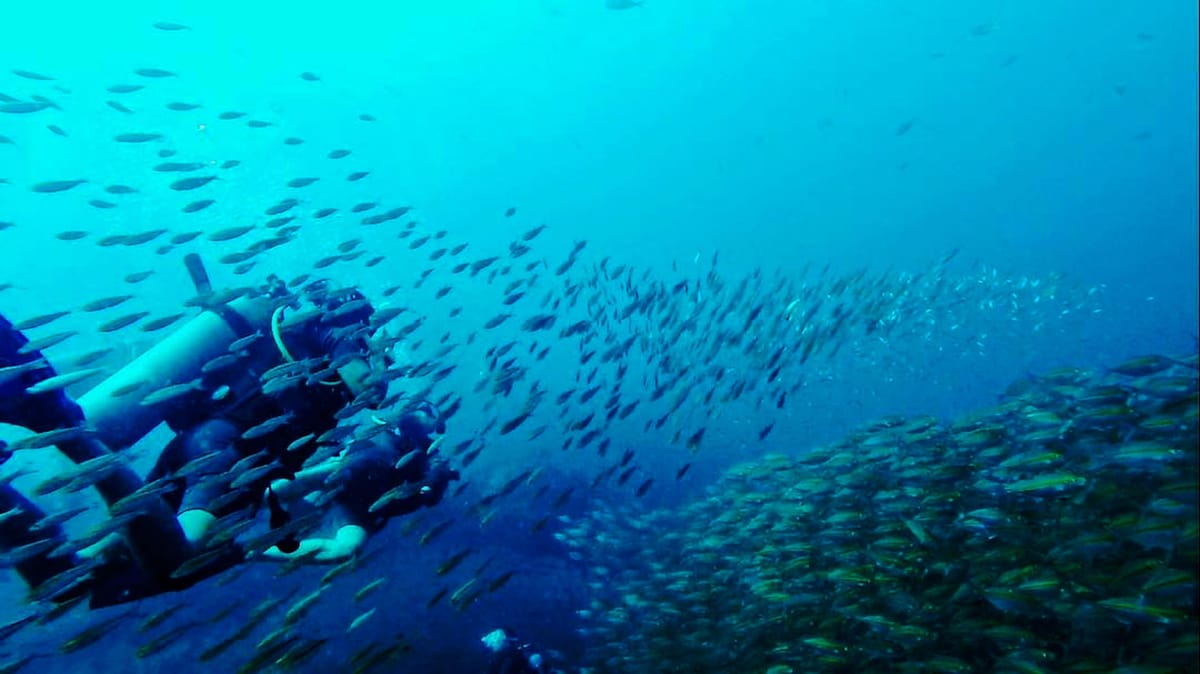
Most of us spend too much time in our day worrying about things in our life that are happening on land. Then there are those of us whose imagination trails off to what lies beneath the vast blue extents we humans refer to as ‘water bodies’. When nearly seventy percent of the earth is covered with water, it’s hard to ignore the world beneath that could be explored. When peering out over a large body of water, whether it be the ocean, a sea, a lake or a river, one can not really comprehend what might lie beneath the waves. All faiths that have ever come upon the earth have considered water as holy and account for its healing characteristics. Many have taken inspiration from its fluidity. For those of us passionate about underwater photography, we venture below to capture a glimpse of a moment within this alien world. With experience, we learn the techniques to return to land with the snapshot of a lifetime.
"Remaining steady might seem a laughable."
The way life thrives underwater, with the slow dances of kelp, the tickling in your ears by fish crunching on coral, the distant call of a whale, all in the sublime silence borne by the pressure of the water, is quite the contrast to the world we live on land. The land is engulfed with loud motors, machines and human chatter. On the contrary, the water is home to peaceful silence which brings us divers a calming sensation of awe and wonder.
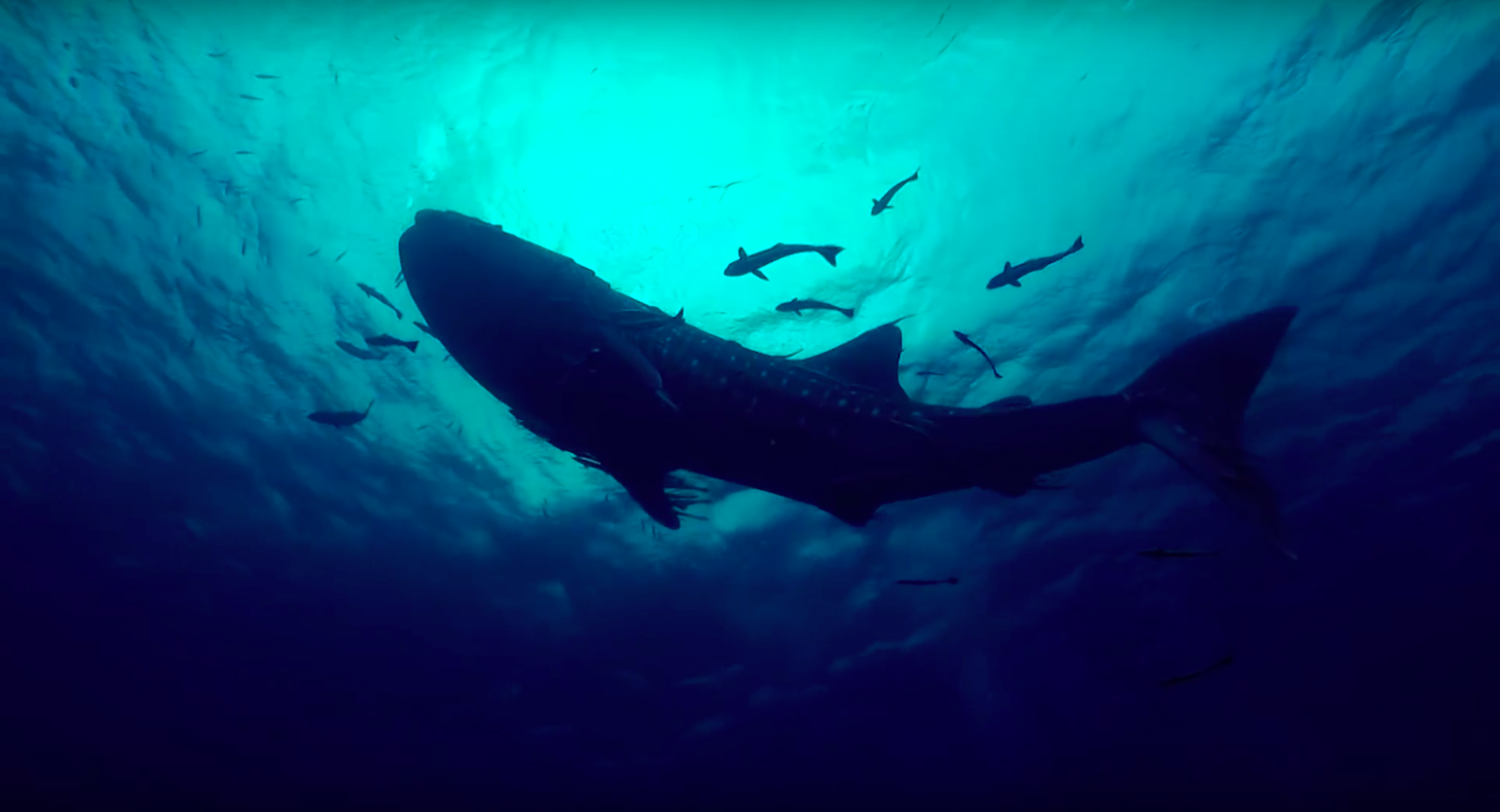
Of course, it is sad to note that most of our trash is directed to large water bodies, polluting what’s left of Earth’s beauty. Turtles with straws stuck in their nostrils and whales swallowing hundreds of plastic cups, nets, bottles and much more are not new to us, yet we let this atrocity continue as we can’t hear the cries of the beings underwater.
"You never know when a stone you’ve been staring at was actually a local resident in camouflage!"
With advanced technology so readily available, almost every vacationer brings along their trusty action cam. Although available in many models, the most popular by far is the GoPro. After all, there’s no better way to relive a memory than via a video or picture. Whether you are working with a GoPro or another brand, the following tips can help you make the most out of your undersea memories.

1. Be Steady
With a current against your elbow, and breathing with your mouth closed, remaining "steady" might seem a laughable suggestion! However, it is possible, this skill just takes time and practice to hone. No matter how well an action cam is designed to stabilize, it always helps to consciously be graceful and steady with your movements.
When shooting video, make a game out of it, try to feel the flow and movement of the water. Feel your pulse synch with the current.
When shooting photography focus on slowly exhaling, whilst keeping an eye on the viewfinder and subject of your shot.
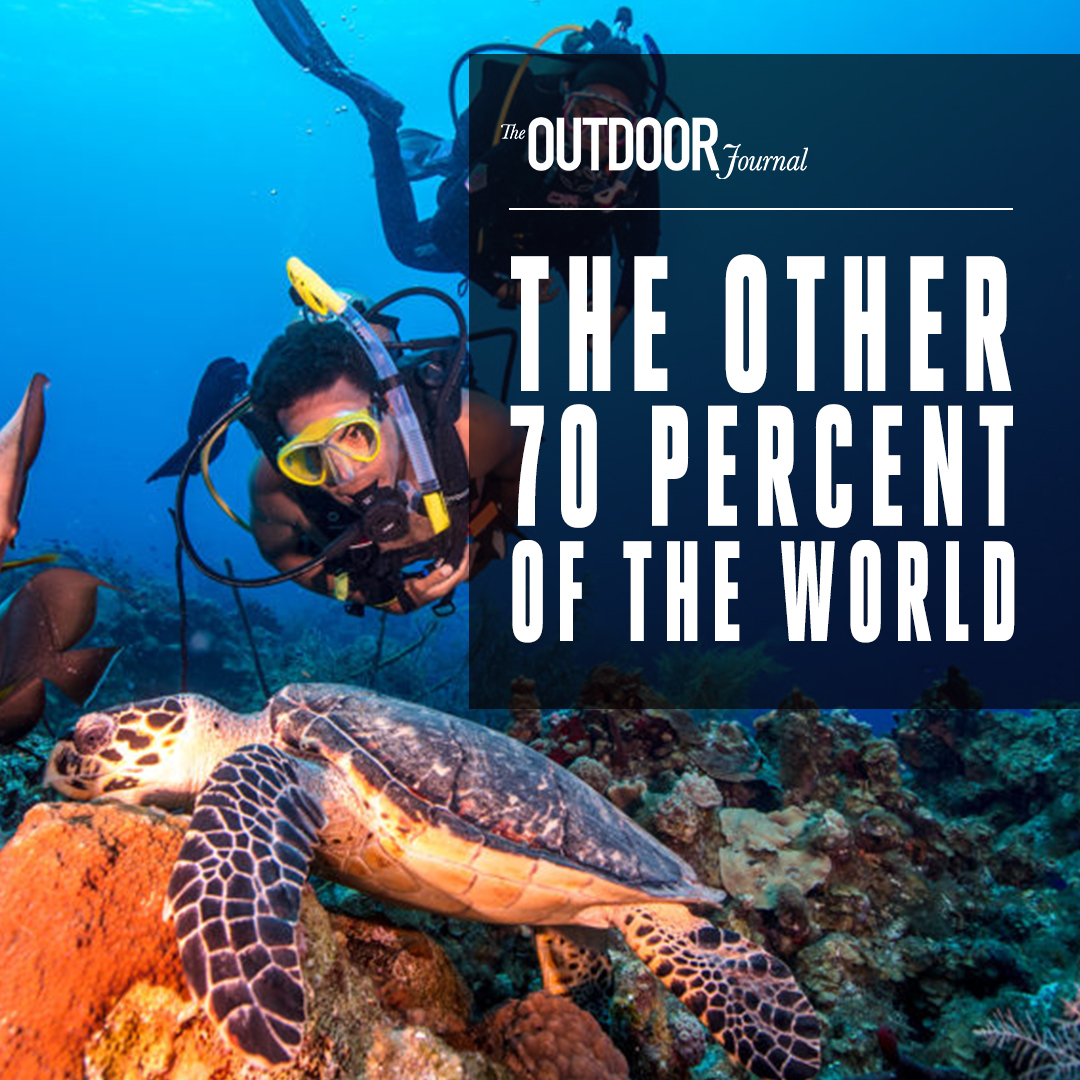
You might consider it to be a smart idea to invest in a camera mount for action cams. Something that you attach to your head or chest, but the latter don't provide much control over what one captures. Instead, especially for beginners, consider the wrist mount. If you're comfortable holding it with your fingers, then that's an option too, but be sure to attach it to a water-float. We don’t want memories forever lost down in the depths of the ocean.
2. Roll... Continuously.
Keep that camera on. This is a good tip for a beginner cinematographer. Try to perfect your movements, but keep capturing marine life as you do it. You never know when a stone you’ve been staring at was actually a local resident in camouflage! Of course, when using this strategy, be prepared with an extra battery.
If you’re on a holiday and need extra batteries, worry not, almost every dive shop and local diving community has camera outlets. Even our phones can double as underwater cameras if dressed in the appropriate housing. Just make sure that you test your gear in a controlled environment before taking it into large areas of water.
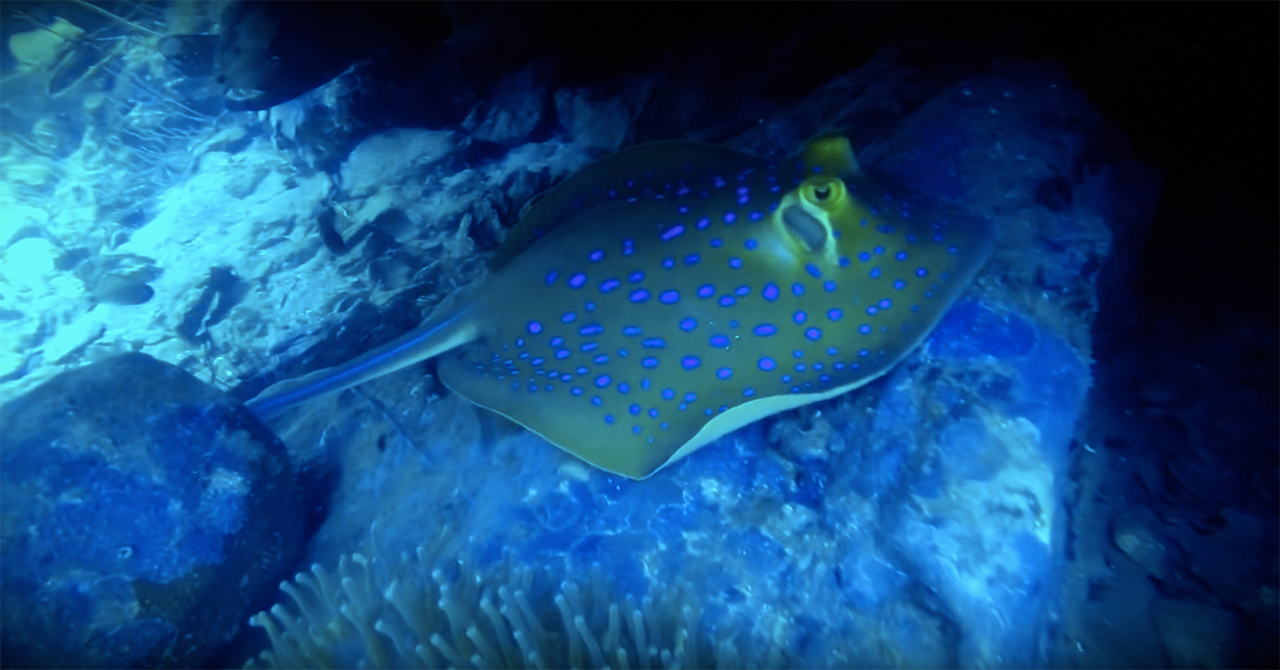
3. Fly and Float
If you've ever gone SCUBA diving before, I’m sure you understand the weightlessness one feels whilst underwater. Use this to your advantage and drift around. Whilst diving, alternate distances between yourself and your subject, switch up the perspectives. Shoot through plants, corals and rock structures, just make sure you don't drift too far away from your dive buddy.
If in a pool, practice by trying to shoot midway through the surface of the water with the help of a dome. Alternatively, shoot from the floor, use water toys, or even your buddy’s legs. The number of perspectives you can capture is endless! Move around and try to frame around your subject in a way that seems aesthetically appealing to you.
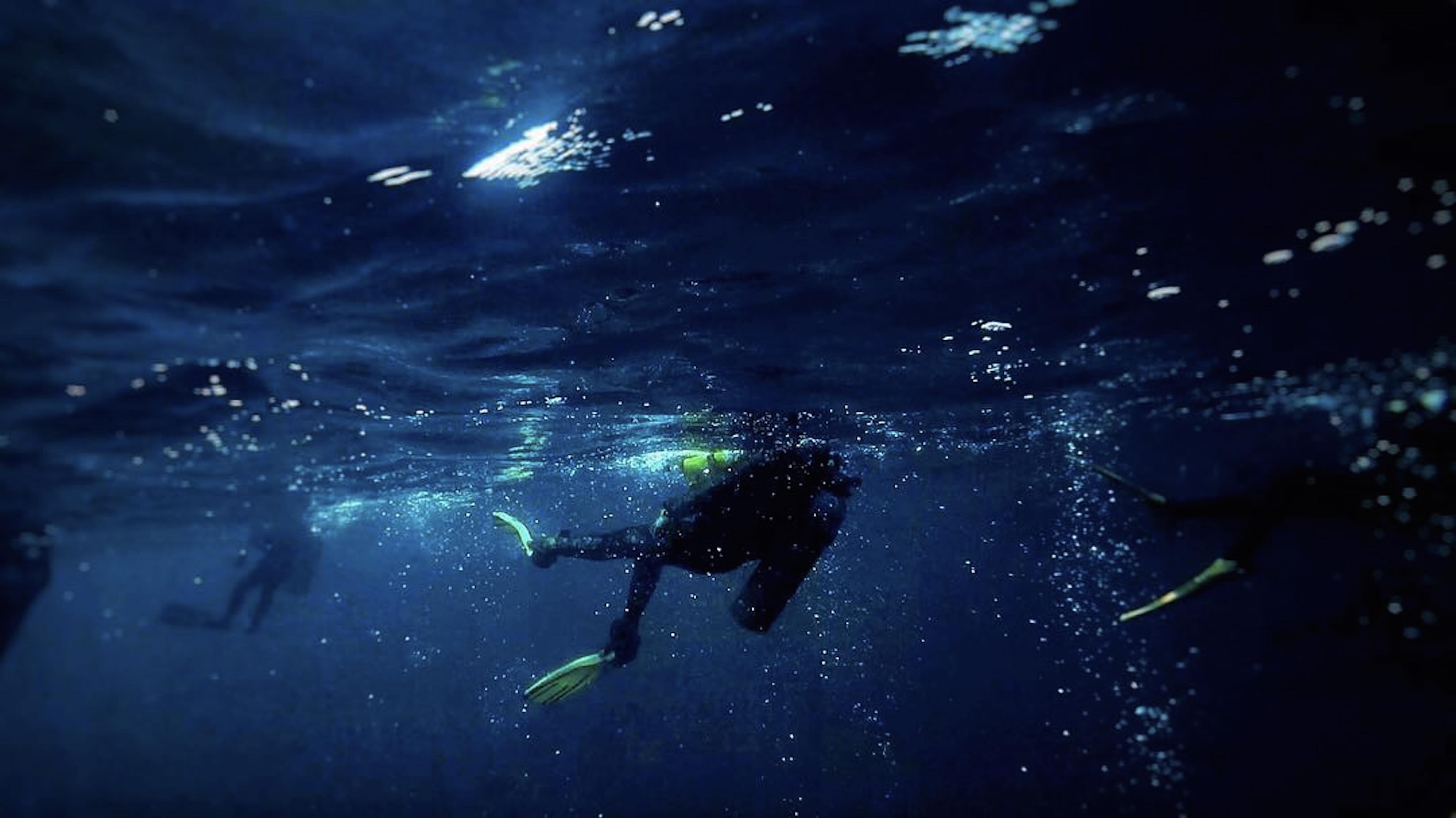
4. Lighting
Lighting is hard enough to perfect on land, let alone underwater, but practice can improve your results over time. Good visibility and the sun are your best friends while shooting underwater. According to the Tyndall effect, with its gorgeous shimmers, water bends light to create different shapes and patterns, teasing the lens. If you run out of daylight, or go on a night dive, the next option is to carry a waterproof light during your shoot.

5. What to shoot?
The ocean is so vast, that it’s not unusual to be caught by the beauty of a shot that has nothing but just blue within it. Often such a shot is quite breathtaking, with the sunlight streaking into the abyss, the underbelly of the water shimmering down onto the sea bed. The lack of a subject is substituted by the subject instead being the beauty within the frame. Usually, whilst in the ocean, the major subjects are divers, boats and aquatic flora-fauna. Observe the behavior of beings and try to capture their presence by framing their movements.

In a pool, the best way to avoid empty shots is to be prepared with props, a friend or both. Try creating a story with your shots. Focus on the different elements and use any light to your advantage.
Everything underwater is slow, but if you stay in control of your own movements, this slow motion can be translated into graceful content.
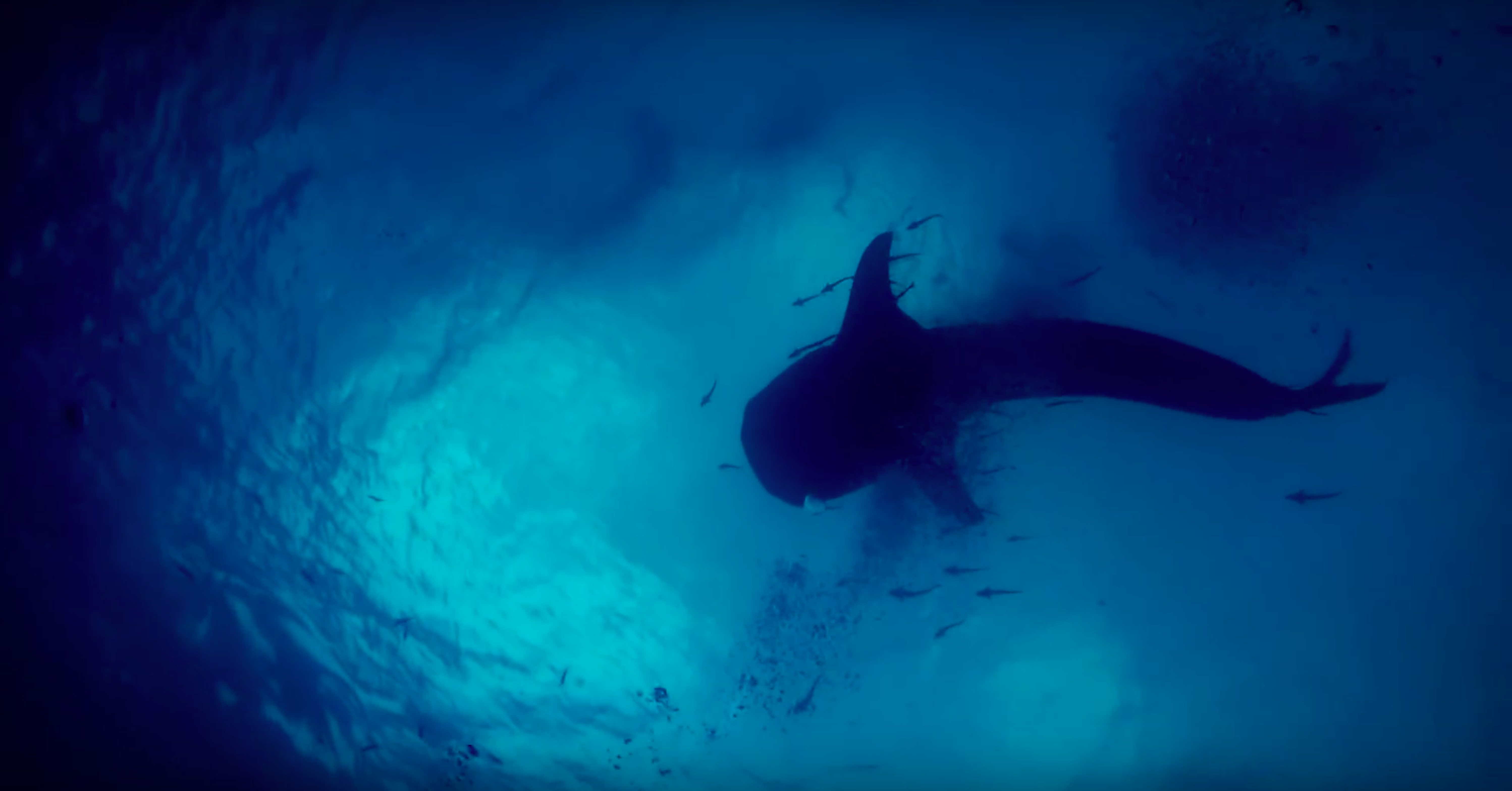
Ready to take the extra step? Edit your pictures and videos.
First of all, understand that upon descending into the water, a loss of colour is inevitable. Reds turn to browns for example. Fortunately, there are solutions, such as shooting with a red filter. If not, one may also choose to add the same effect in post-production when you're back in front of your computer.

Sound mixing can really enhance the cinematics of your footage. The sounds captured from beneath the ocean by divers is usually the sound of their breathing, motors of boats, a distant call of a sea creature and maybe the crunching of corals by fish. Consider adding these sounds in small doses, with careful volumes to the edit for full effect.
Every score has the goal of enhancing the experience of your audience. Dulled out tones, muffled sounds and slow music usually achieves the purpose. You might also add informative voice overs if you’d like to share the thoughts you had during a dive.
There are many methods to optimize your underwater memories, and those above are just a few for beginners to get their feet wet. Something new is learnt on every dive, so get out there, practice and experience those magical undersea moments.
Introducing The Outdoor Voyage
Whilst you’re here, given you believe in our mission, we would love to introduce you to The Outdoor Voyage - our booking platform and online marketplace which only lists good operators, who care for sustainability, the environment and immersive, authentic experiences. All listed prices are agreed directly with the operator, and we promise that 86% of any money spent ends up supporting the local community that you’re visiting. Click the image below to find out more.



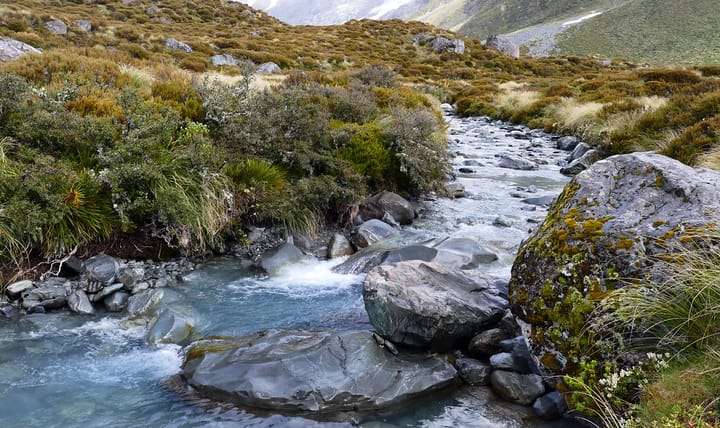
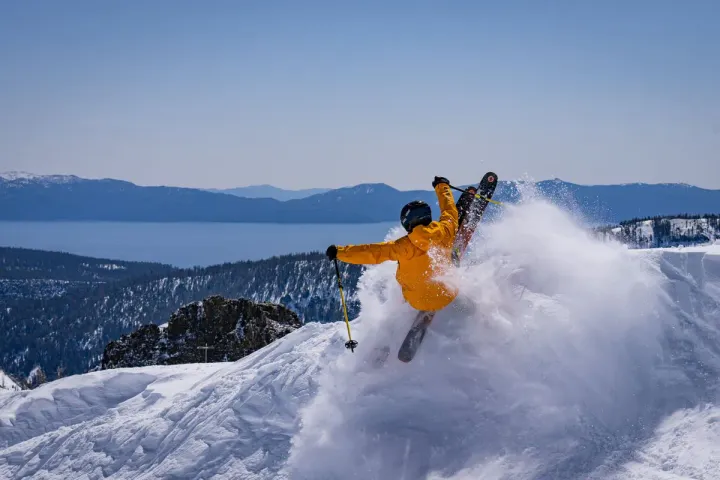

Comments ()